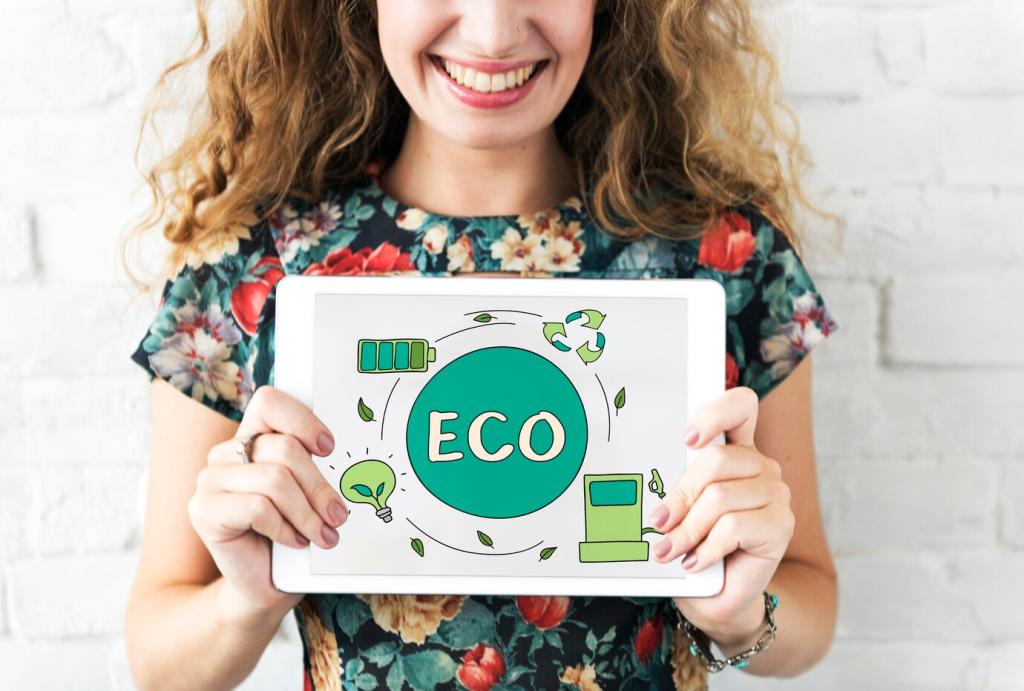
Eco-Friendly Web Design Strategies
Eco-friendly web design focuses on reducing the environmental impact of websites by optimizing their performance, energy consumption, and overall sustainability. As the digital world continues to expand, the carbon footprint of websites and online services is becoming increasingly significant. Designing with the environment in mind not only conserves energy but also leads to faster, more efficient, and user-friendly websites. Adopting eco-friendly web design strategies is an essential step for businesses and developers who want to promote responsible digital practices and create a positive impact on the planet.
Sustainable Design Principles
Minimalism in Web Design
Minimalism in web design is about stripping away unnecessary elements and focusing on what truly matters. By using fewer resources, such as simplified graphics and clean layouts, minimalist websites load faster and require less processing power, leading to reduced energy consumption. Minimalism also facilitates better accessibility and quicker navigation, enhancing the user experience while simultaneously lessening the site’s carbon footprint. Adopting a minimalist approach ensures that each component serves a purpose and contributes to the overall efficiency and sustainability of the website.
Optimized Code and Lightweight Assets
Efficient coding and the use of lightweight assets are pivotal for sustainable websites. When developers write streamlined code and reduce the size of images, scripts, and fonts, web pages demand less bandwidth and server resources. This optimization directly results in lower energy consumption during every page visit. By employing techniques such as code minification and image compression, websites become faster and more accessible, aligning with eco-friendly goals. Optimizing digital assets is a continuous process that yields long-term environmental benefits and also improves site performance.
Long-Term Maintainability
Sustainable web design goes beyond the initial launch and considers the ongoing maintenance of the website. Planning for long-term adaptability means that sites are easier to update, upgrade, or even recycle in the future, reducing the need for energy-intensive redesigns. Well-documented, modular code supports seamless transitions with evolving technologies, making the digital presence more resilient to change. This forward-thinking approach conserves resources and supports a greener web by ensuring that sites remain efficient and relevant over their lifespan.


Fast Loading Times
Fast loading times are essential for sustainability as they directly reduce the energy required by both the server and the user’s device. Techniques such as lazy loading images, reducing HTTP requests, and properly leveraging browser caching ensure that only necessary resources are loaded when needed. By focusing on speed, web designers minimize the time visitors spend waiting for content to appear, leading to lower bounce rates, improved satisfaction, and a smaller carbon footprint with every page visit.

Responsive and Adaptive Design
Responsive and adaptive design ensures that websites function properly and look appealing on any device, from smartphones to large monitors. By delivering only the assets required for the user’s specific screen size and device capabilities, websites avoid unnecessary downloads and processing. This approach contributes to energy efficiency and also provides a better user experience by tailoring content delivery to individual needs. Properly implemented, responsive and adaptive design eliminates excess waste and streamlines the user journey.

Efficient Media Usage
Images and videos can quickly become the largest contributors to a website’s resource consumption. Efficient media usage involves appropriately sizing images, using modern formats, and employing compression without noticeable quality loss. Managing media assets carefully ensures that visual content enhances rather than hinders sustainability. This leads to faster page loads, reduced bandwidth consumption, and a more pleasant experience for users on slower connections. Sustainable web design always considers the environmental impact of media and seeks to maximize efficiency wherever possible.
